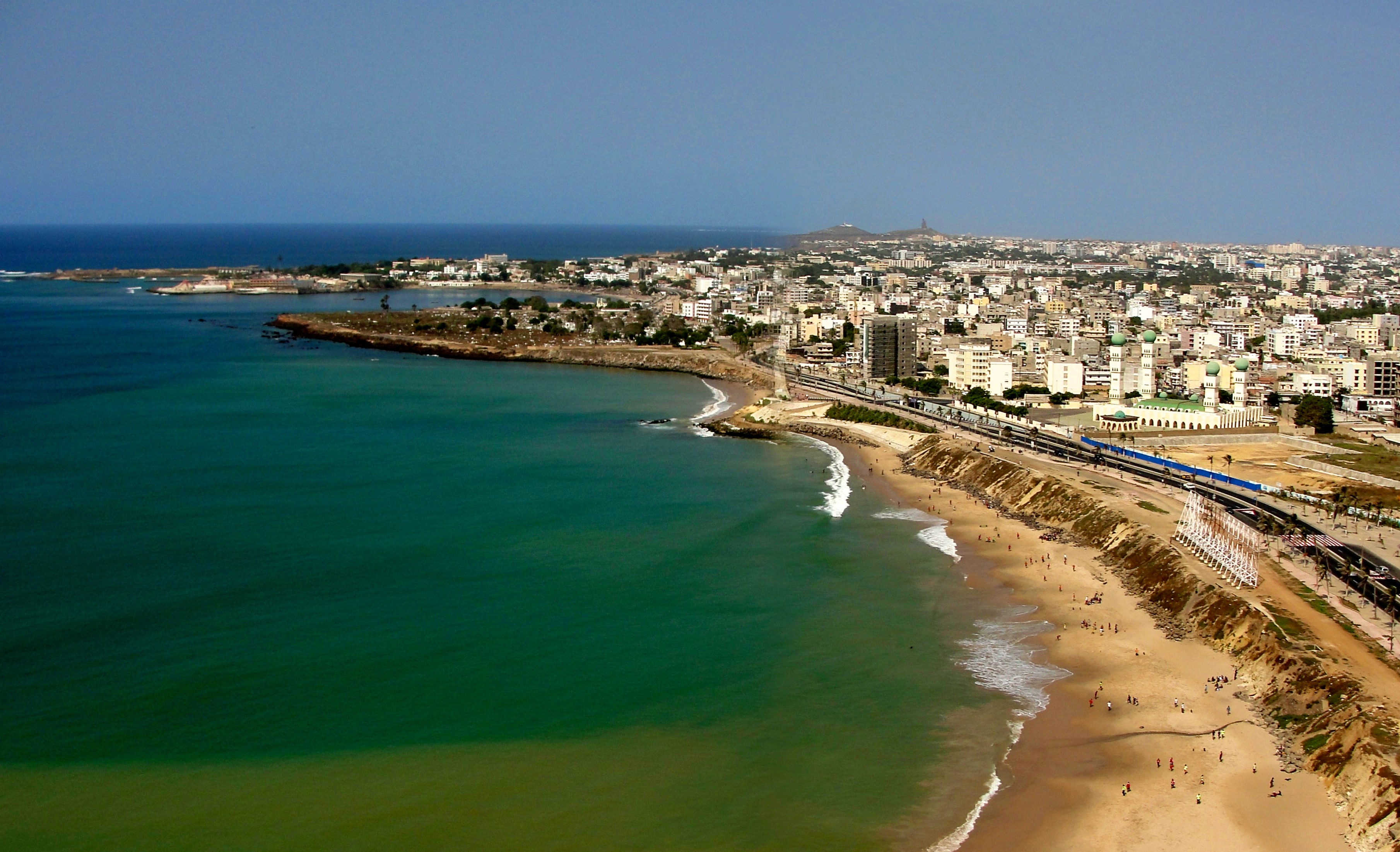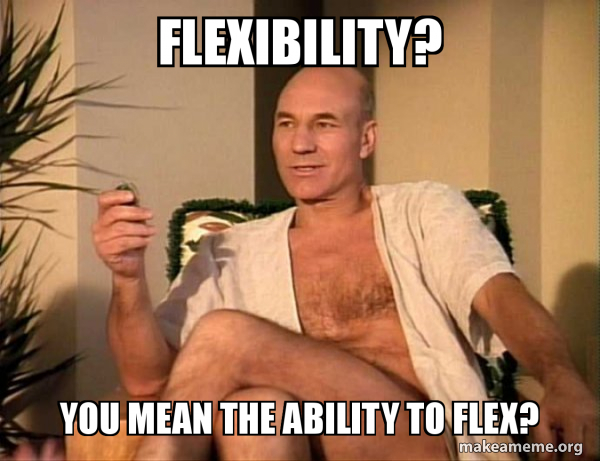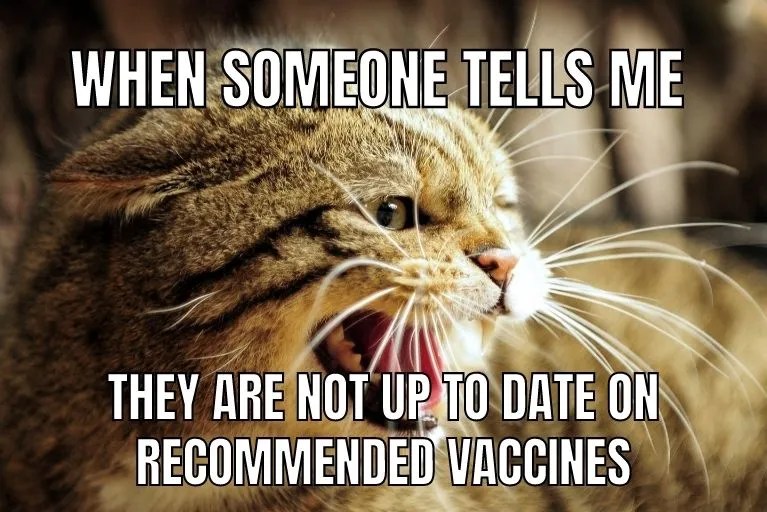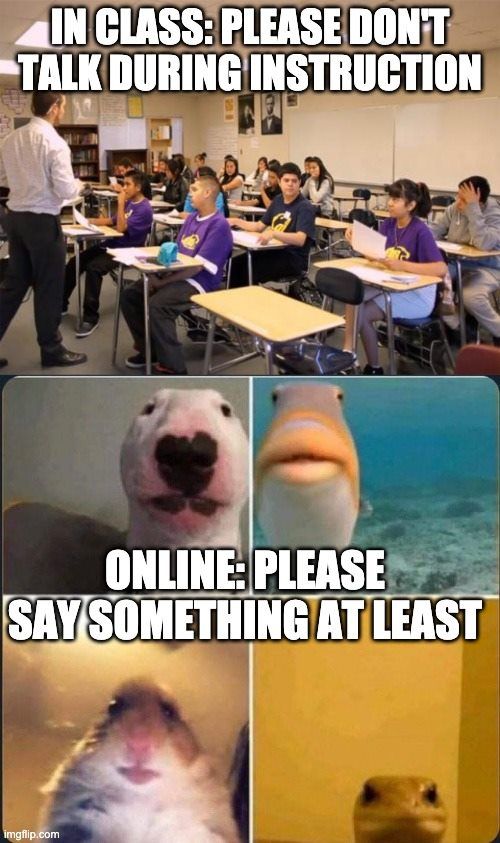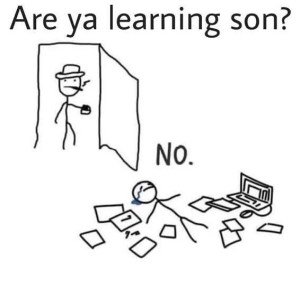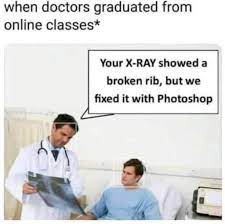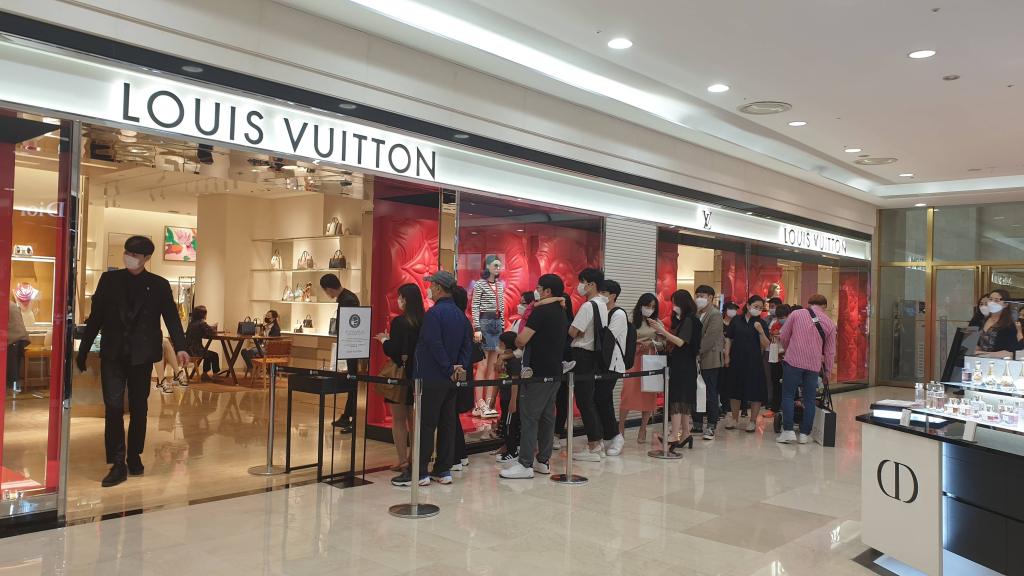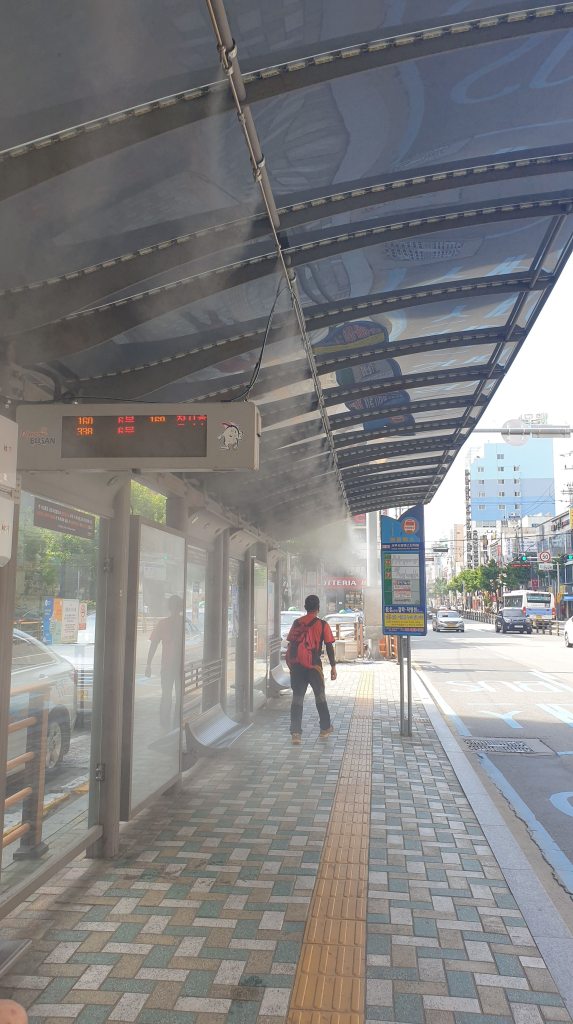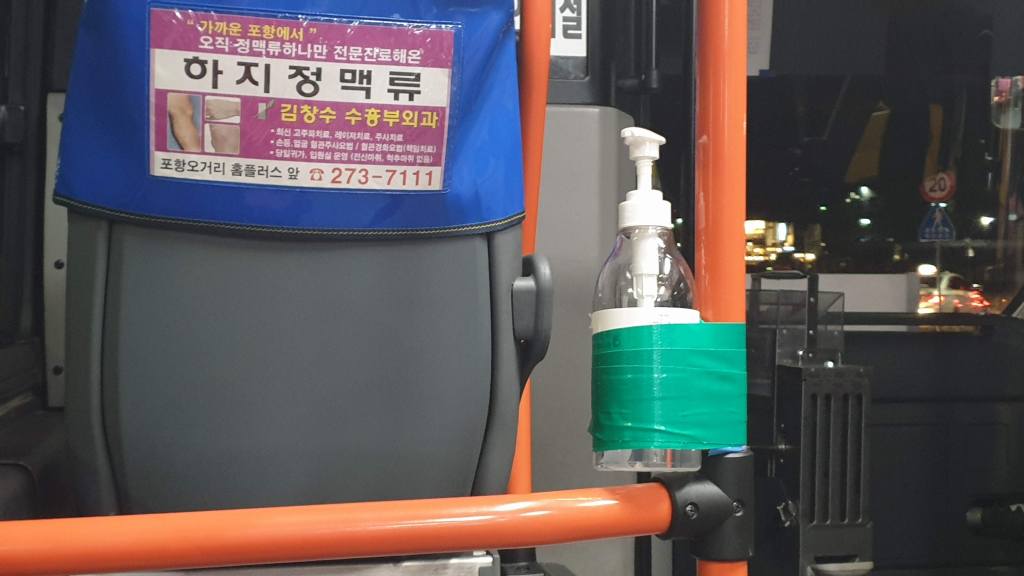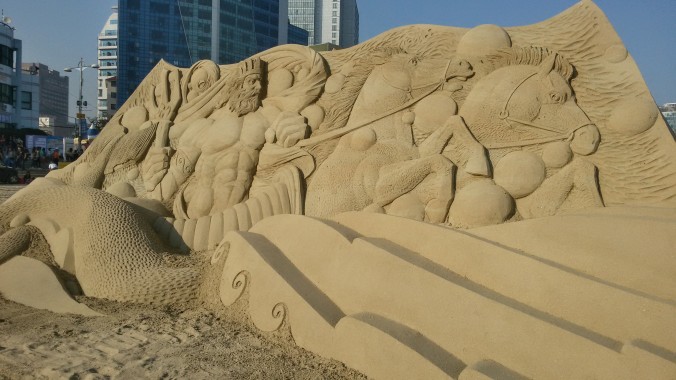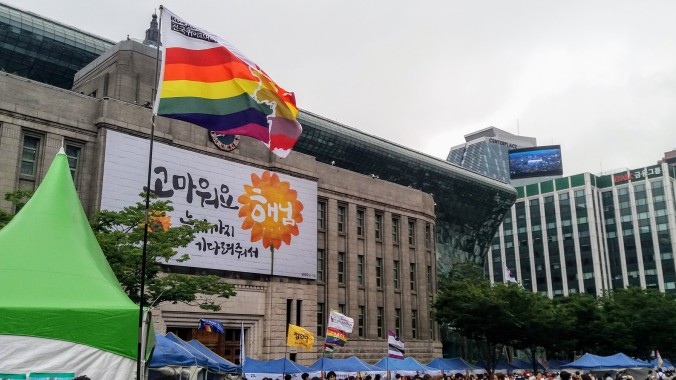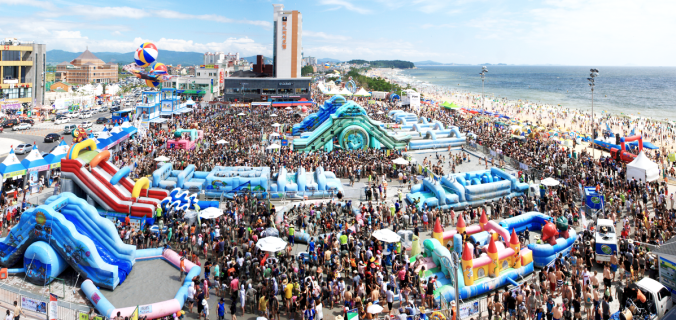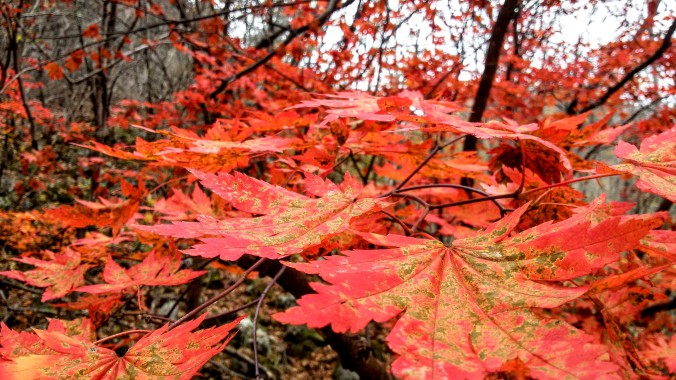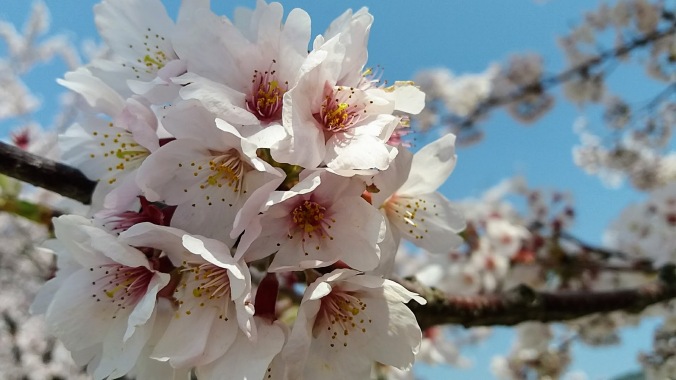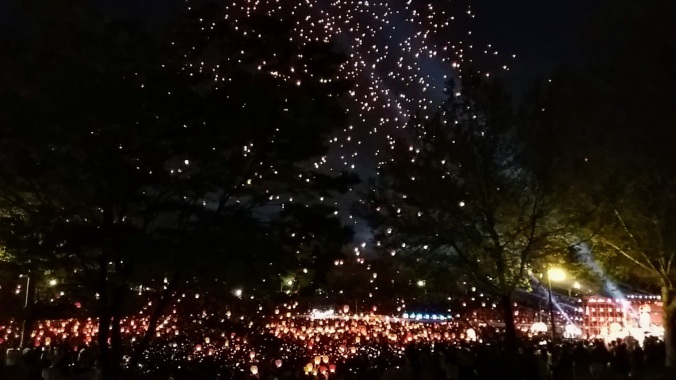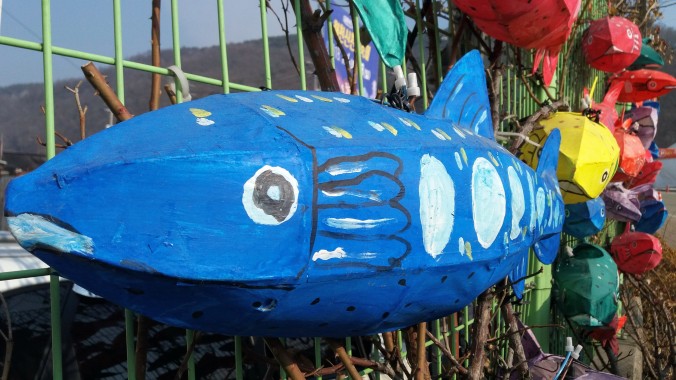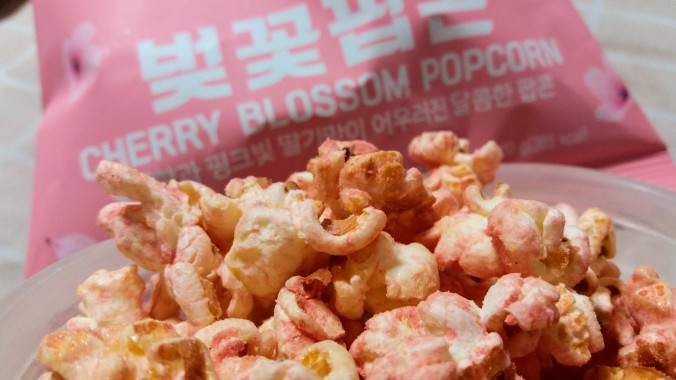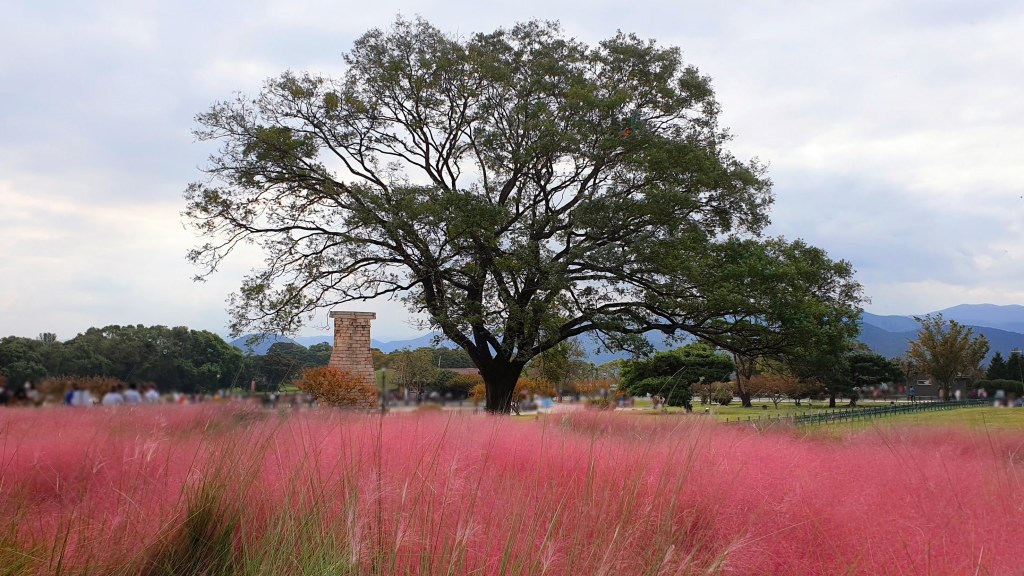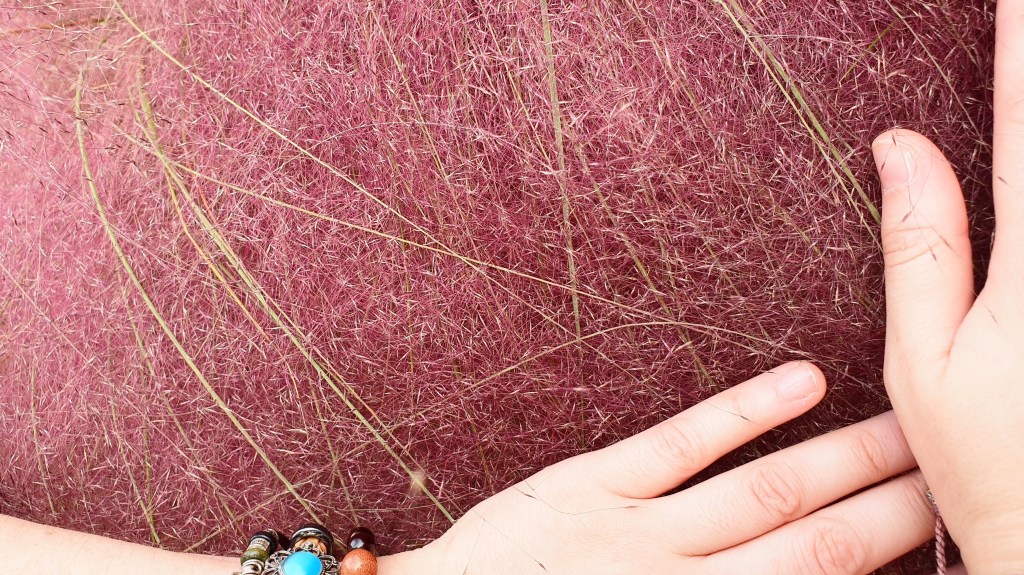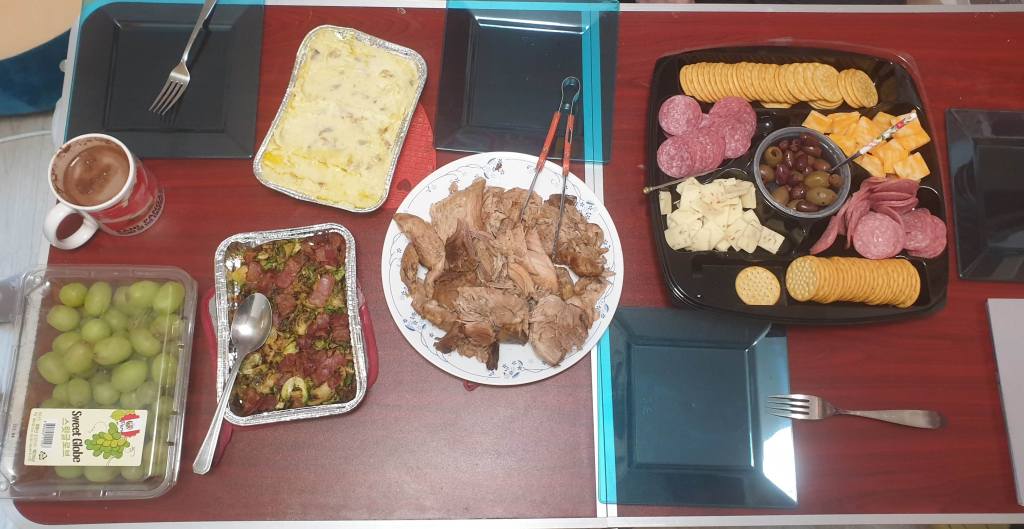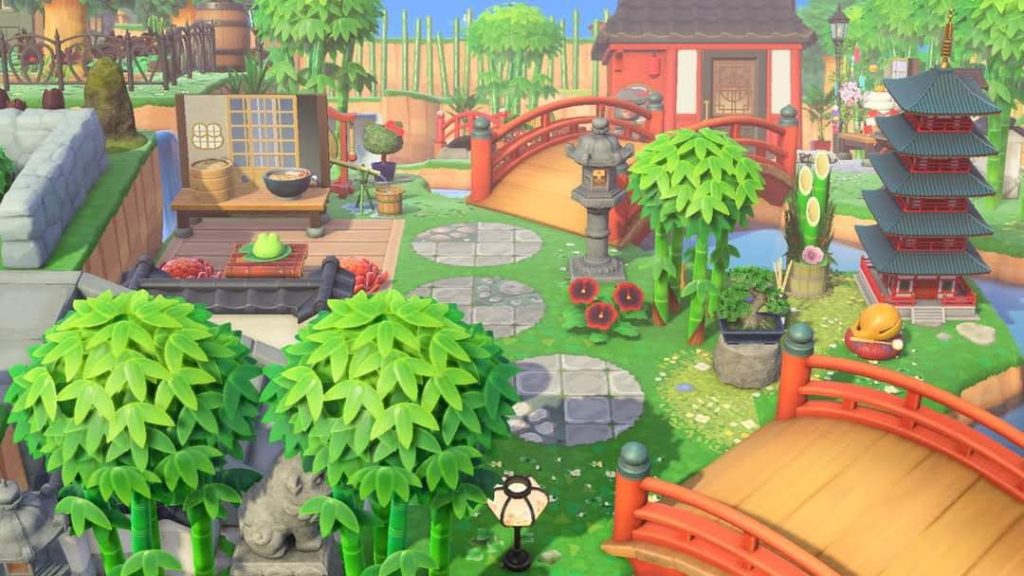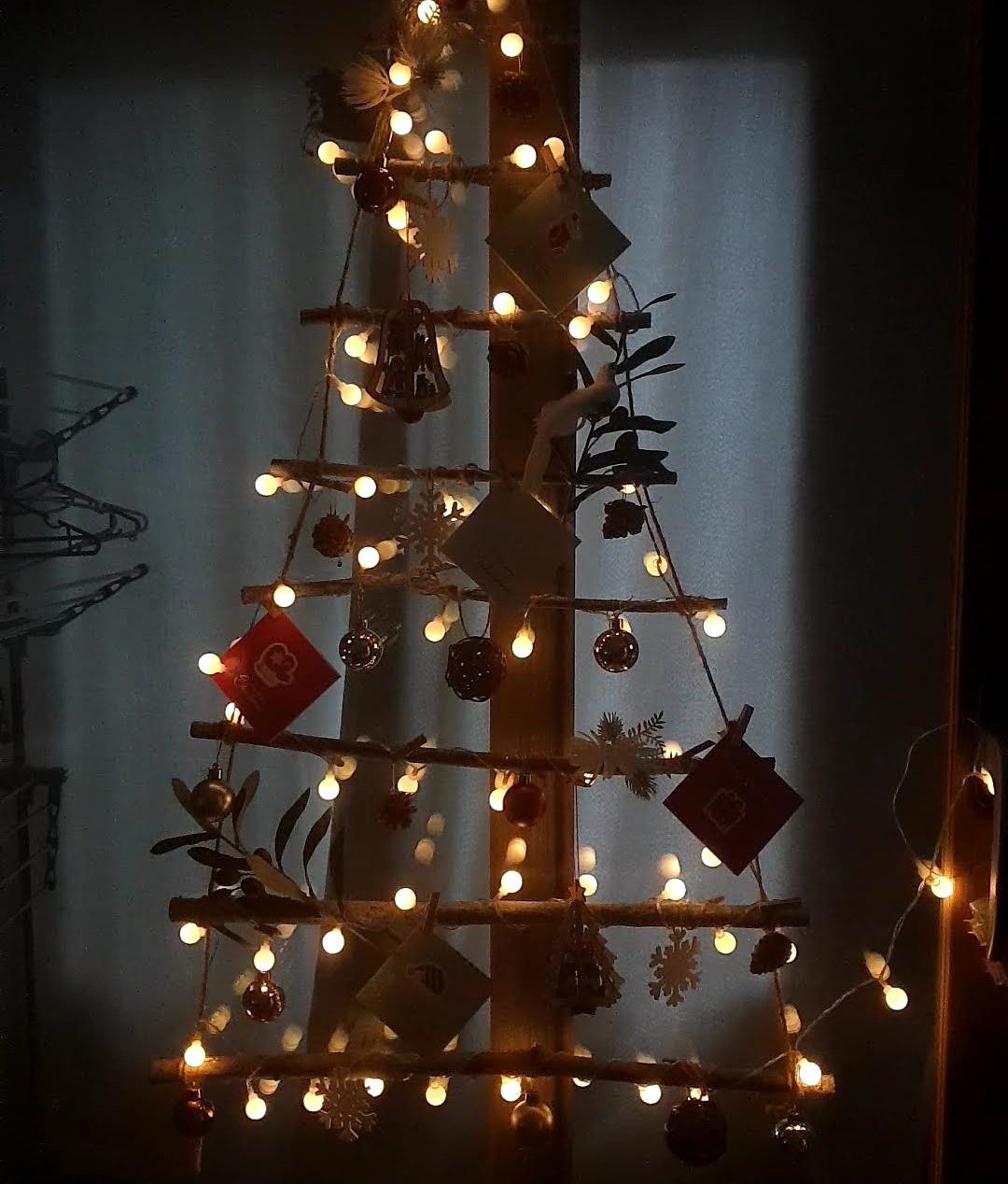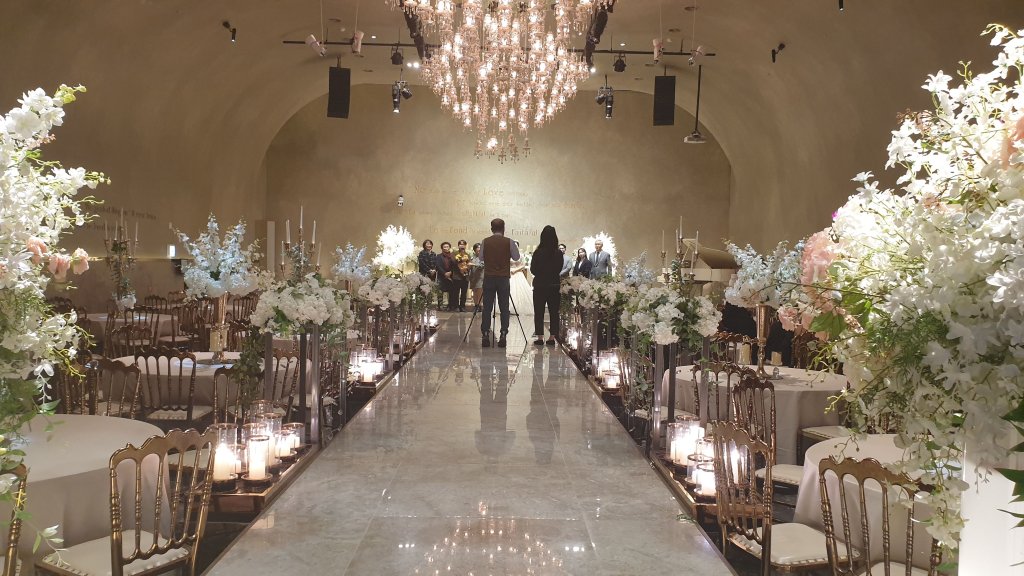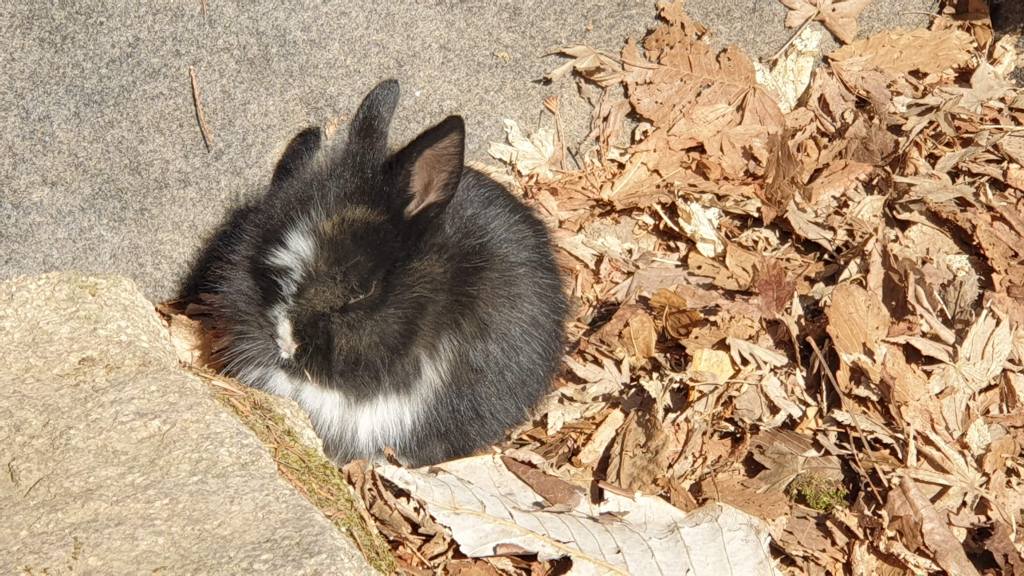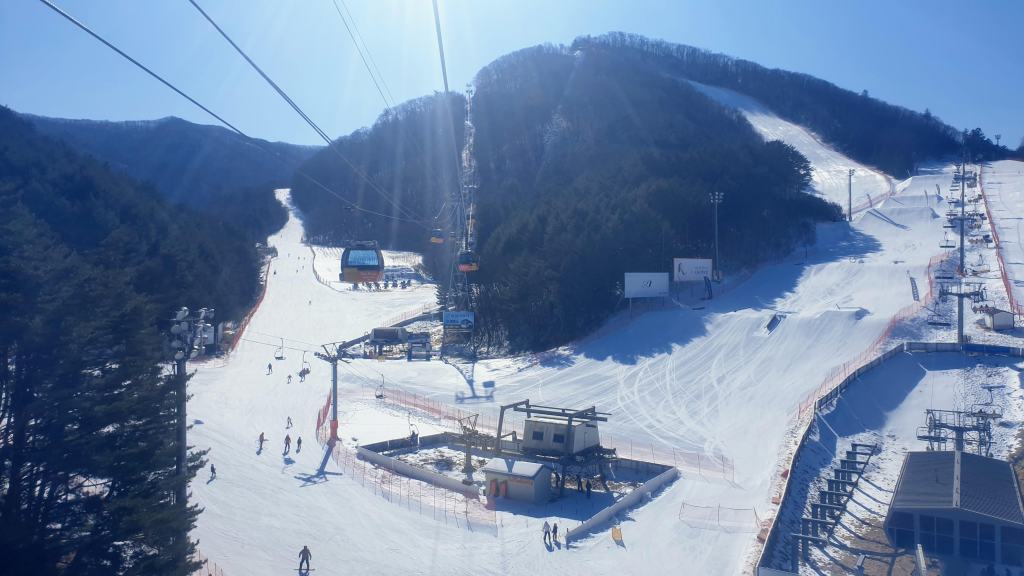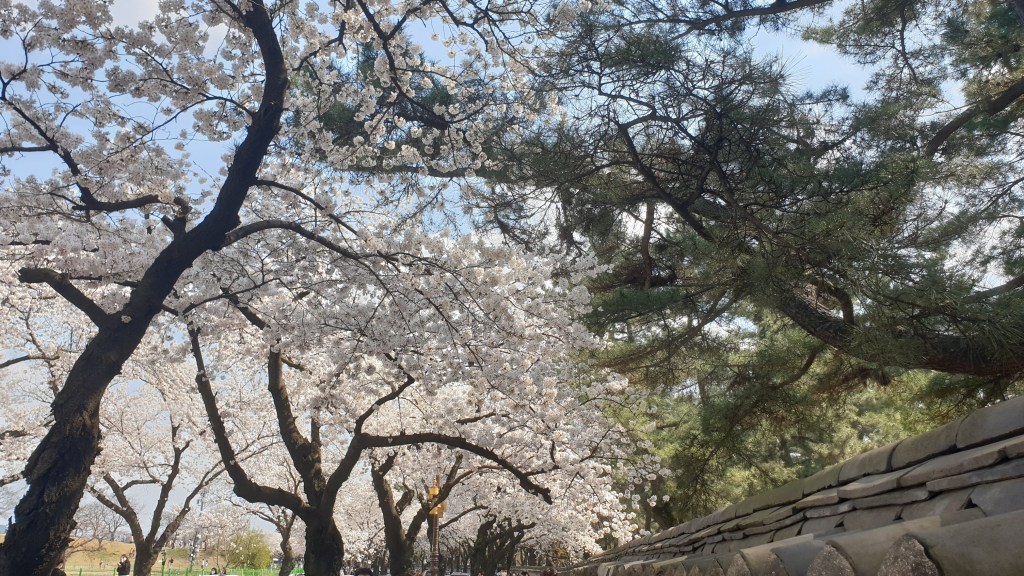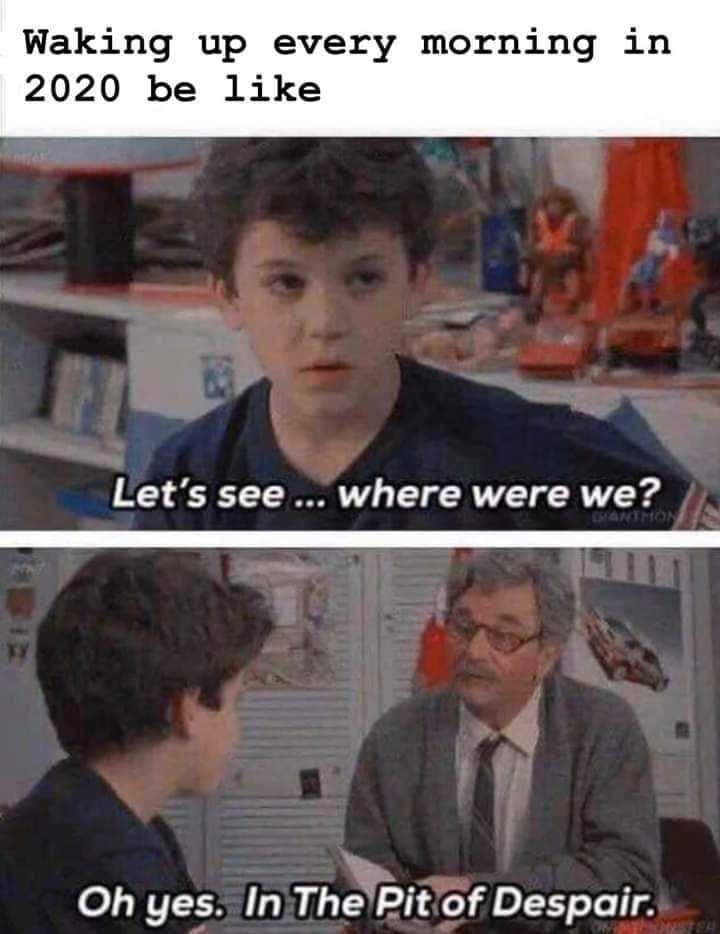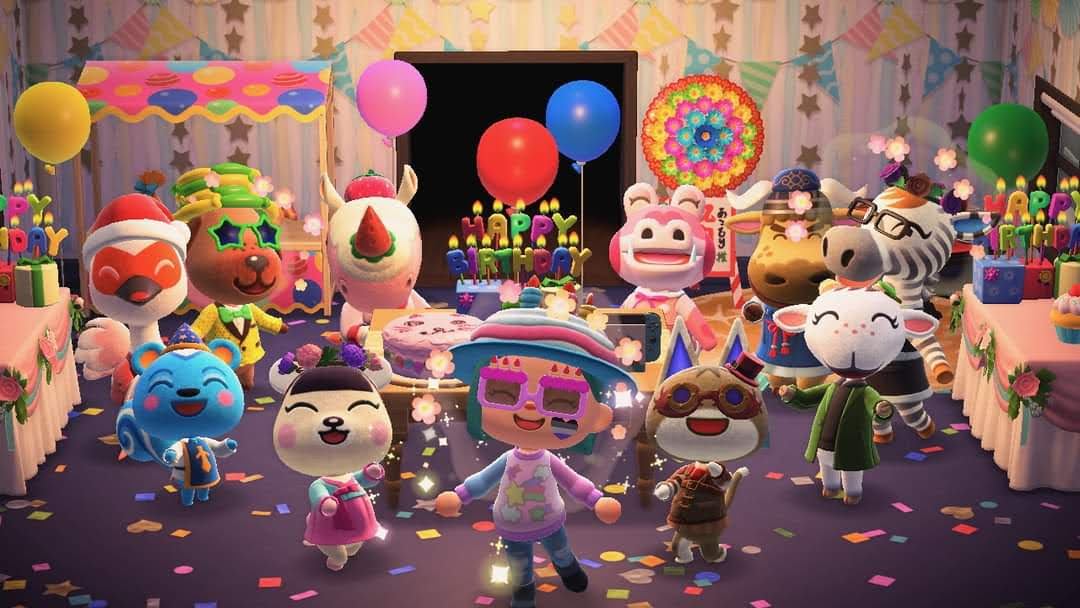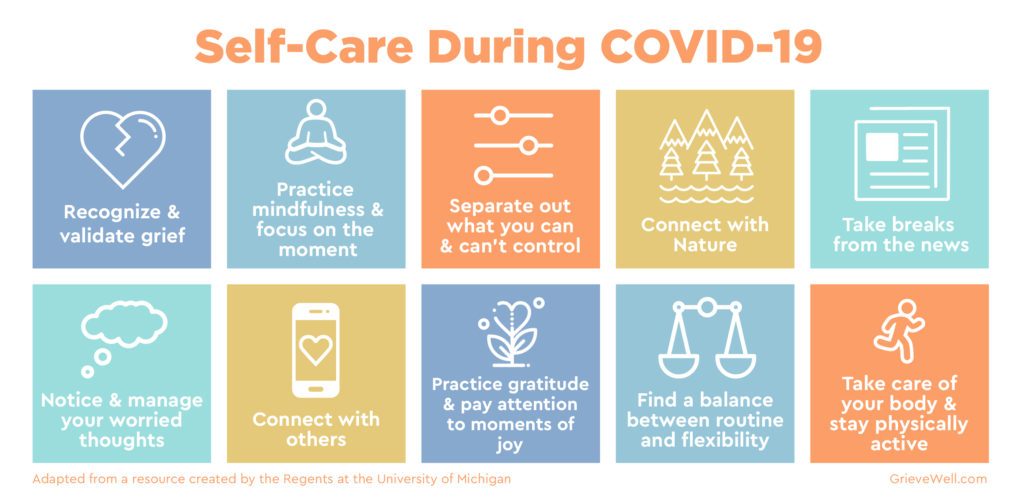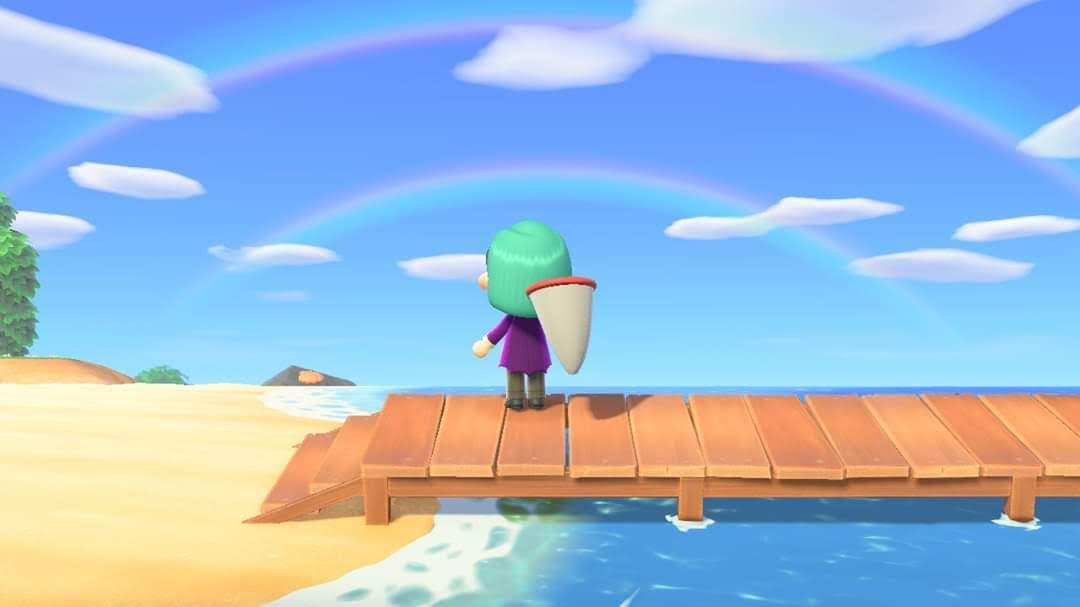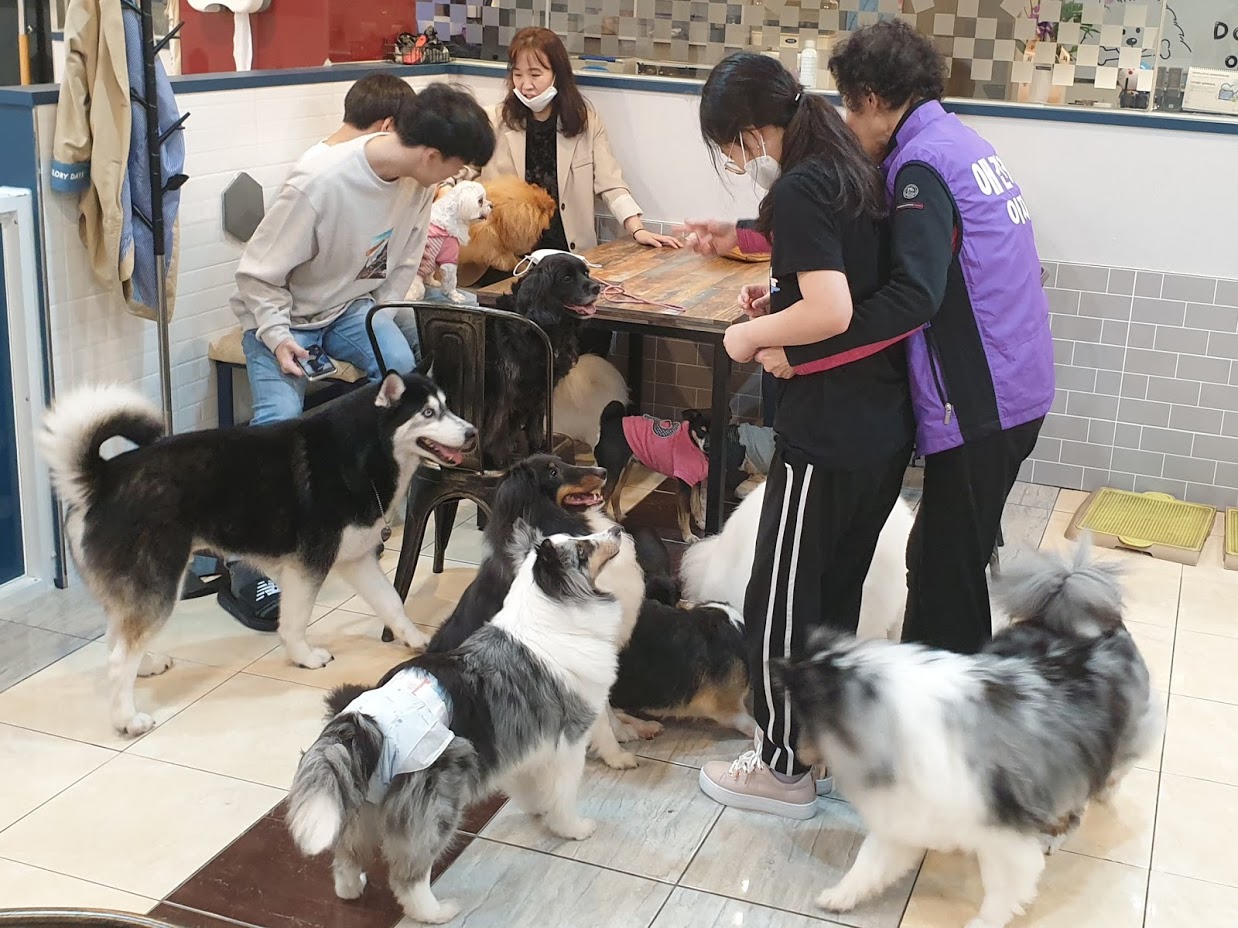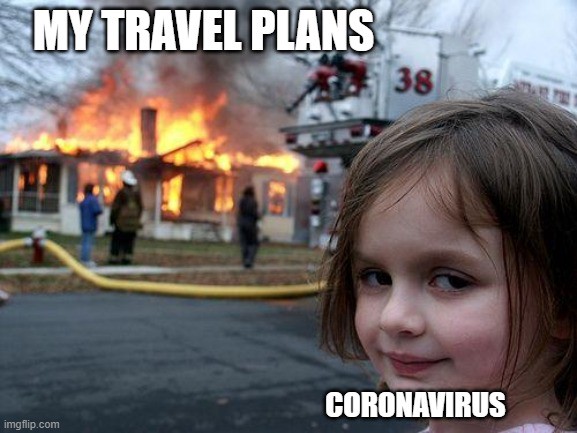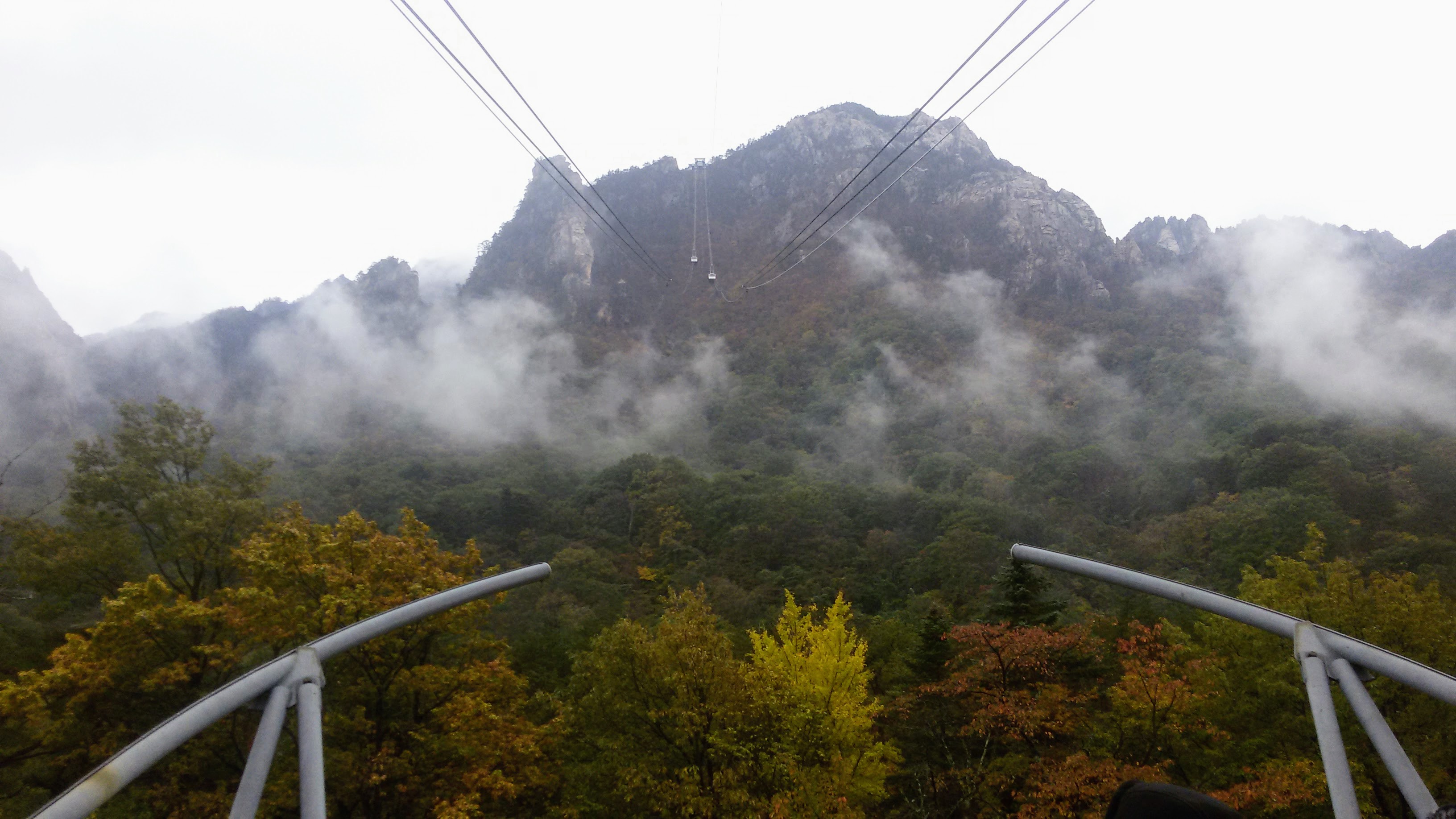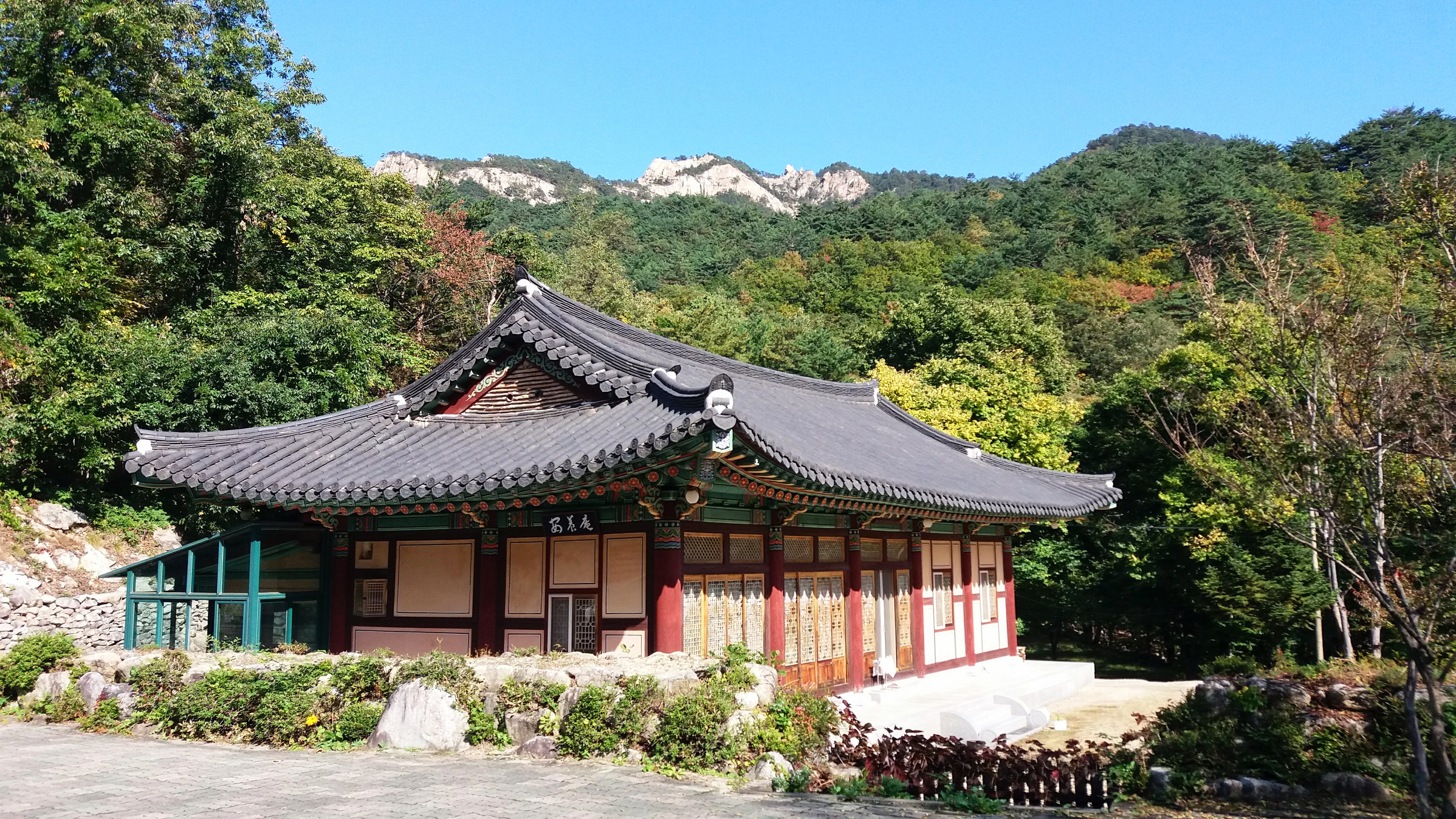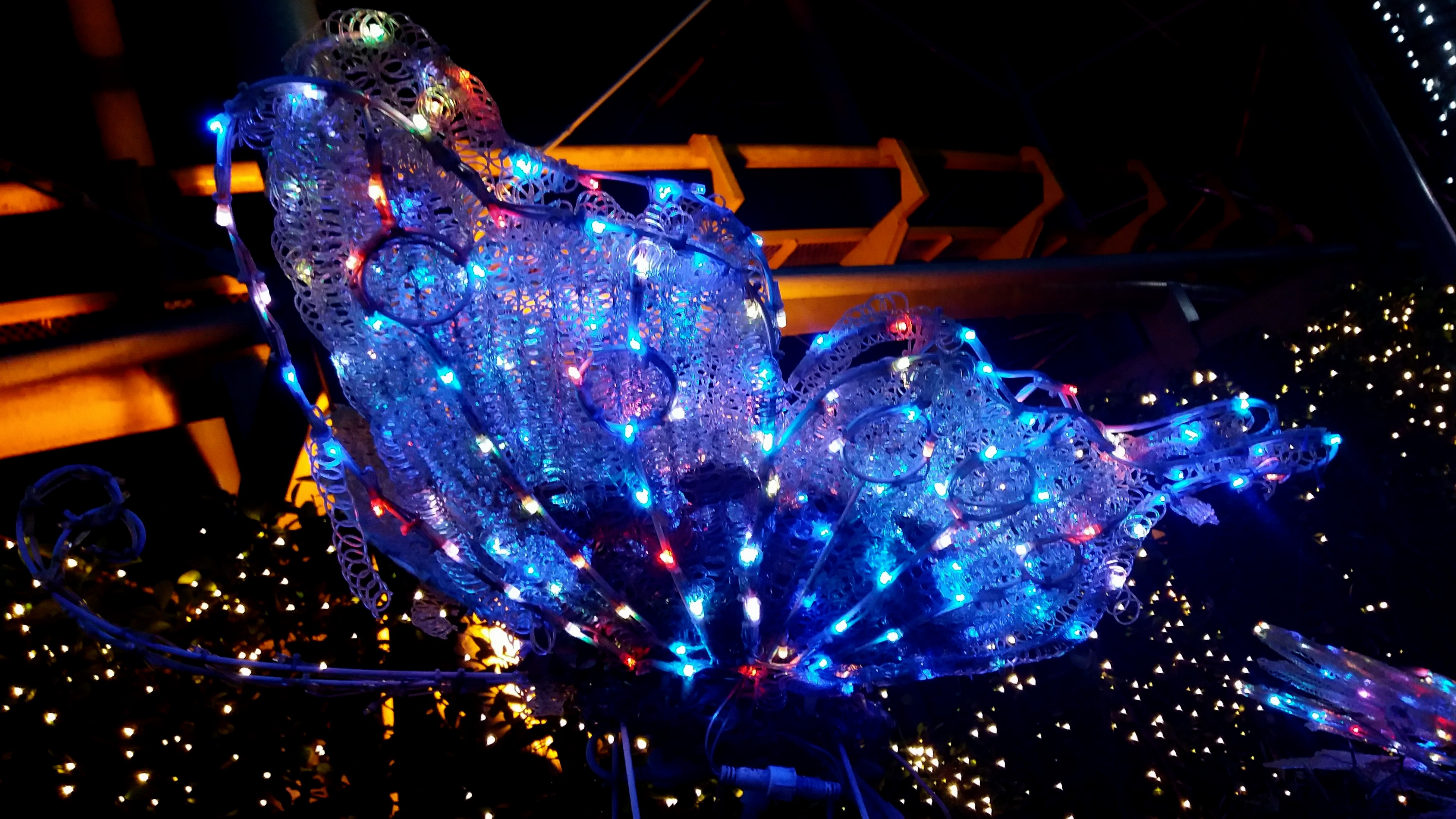The human element is something that I got less and less of during the pandemic, but will be a big part of my next adventure. Although interminable paperwork is the hallmark of any international and/or academic project, the English Language Fellowship application also requires multiple interviews, and the pre-departure process benefits from making early contacts.
Interview Process:
Almost as soon as I got the application fully submitted, and my last reference completed their essays, I got an email inviting me to a video interview. It happened much faster than I thought possible. The email gave me a basic overview of what to expect in the interview and three date/time slots to choose from.
The time allotted was 30-minute for the Zoom interview. I was told it would focus on “behavioral competencies which have been identified as important to the success of Fellows working overseas in challenging environments” including: Flexibility, Resourcefulness and problem solving, Leadership, Cultural adaptability, and Working with others. For each behavioral competency, I then had to address three aspects: (1) the situation or task in which you displayed the behavior, (2) the actions you took, and (3) the results of those actions. A recording of my answers, I was told, would then be added to my application.
I agonized the entire time between receiving this email and having the interview. I had to take a later date because I had already planned my trip to the ski resort, so I used the time to brainstorm ideas and bounce them off my friends. I wrote down multiple possible situation/tasks for each competency and thought through the actions and results. I got one friend who was skilled in education and one who was more skilled in presentations and projects, and I asked them for time to listen to my options and help me choose. I am so glad that I did this. Although I was nervous, after really discussing each competency and how my examples highlighted them, I felt truly prepared. I also decided to tell my situations as stories, which, again, if you’re here on the blog, you know is something I love to do.
It was a great decision. The interviewer loved my storytelling! He really complimented my presentation style and said it was something that would serve me well in the fellowship. After participating in the pre-departure orientation, I realized why – there are a lot of videos and presentations where fellows tell stories from their fellowship as a way to share their experiences and help promote cultural exchange.
The first interview was just to gather my answers so I could be placed in the matching pool. The day after my zoom call, I got the email that I was officially in the applicant pool and could receive my 2nd interview anywhere from a week to 5 months. This process is not for people who can’t live with uncertainty, but again, they are looking for flexibility in candidates. I was putting off giving notice at my university until the absolute last moment I could responsibly and professionally do so, which is 90 days for me by the way. February was still early enough in the semester that I wasn’t too worried about a delay, but I was anxious in that kids before Christmas way because this was by far the best opportunity I had encountered in my search, and I really really wanted it.
Nevsehir, Turkey
It took me most February to find my future HVF Dr., and in the mean time I was still doing my online classes and applying for other jobs, not knowing how serious the “not a guarantee of placement” the disclaimers were. Finally, on April 21 I got a match with the program in Turkey. This was a little startling, as I had just declined a job offer in Ankara, Turkey in March (that university didn’t think I would have any time to explore the country because of my work hours, which was a pretty big red flag). The Fellowship position was in Nevsehir, which is a little remote, but not any worse than my current town in Korea, and I’ve never been to Turkey, so it would be something new.
Unfortunately, the interview was a bit underwhelming. Before my interview, I was sent a pdf guide that outlined questions we might be asked and might want to ask, which was a very thoughtful tool. But, when I was given the chance to ask questions back to them, they seemed entirely unprepared. I asked some fairly basic ones, like “what do you like most about your town?” (the tourist attraction “fairy chimneys” was the unanimous answer, and I believe they are beautiful, but I have been living in a beautiful but boring town for 4 years now, so if the locals don’t have anything else to say about it, hmmmm).

I asked some things about the school, and teaching styles, which got some cookie cutter answers, and I asked why they wanted me, why they were in the program. That was the hardest, because the answer was basically, “We want an American because our students never see one.” And, I totally understand that getting students to speak to native speakers is great, and that this town wanted more tourism and needed to get people used to seeing Americans. But, I have played token foreigner before, it’s an unfulfilling role. Like being a character in a theme park. It can be fun when you’re out at the big tourist destinations, but it stops being fun when you just want to do your shopping. I don’t think there’s anything objectively wrong with what they want from the program, I just worried that I was not going to be as fulfilled by it as I had hoped.
I left the interview with a lot of mixed feelings. I really wanted to be in the program, and to get out of my current situation, and to have a new adventure. I had applied to the other job in Turkey because I though that since flights are crazy with COVID, maybe living someplace where I could do a little extra travel by train would be nice (Korea has great trains, but you can’t get to another country from there overland). Turkey has a lot of cool neighbors, and it seemed like I could get a lot of adventure from there. Conversely, it seemed like plenty of schools in Turkey hired English teachers directly, so why go through this particular program to this particular school if I felt safe, comfortable and competent to get a position in Turkey on my own?
I decided that I would accept the match if it was offered. I worried that turning it down would boot me or at least make me less desirable to future matches. To be very clear, I would not have accepted any position that was not an improvement on my current circumstances. This wasn’t me settling for less. I had some very high hopes for the ELP after everything they told us about remote and unusual locations, but I was already looking at a position in Turkey (just one with a better work-life balance than my March interview). I didn’t think I would be unhappy in Nevsehir, and I was dreaming of how to help locals make English language AirBnB experiences to meet their tourism goals, and looking at local activities, photos, and blogs that very night to think about the cool things I could do.
I woke up the next day to see that the host university declined the match. I was a little bit sad, but mostly relieved. I was back in the pool, which meant more limbo waiting, but it also meant a chance a match that could be more in line with my ideals.
Taiwan Sidebar
In the mean time, I was still applying for other schools and conducting other interviews this whole time because the DoS kept saying “no guarantee you’ll be placed”. One such was in Taiwan. Although Taiwan has the same ‘fly to leave’ problem as Korea, it was still on my list of desirable countries because a) I speak Chinese better than Korean, and b) I really like Chinese culture, but didn’t see myself going back to the mainland c) Taiwan is the most liberal and forward thinking democracy in Asia, and d) the food.
I had an earlier interview with one university whose representative was extremely enthusiastic about my demo video (a real video of one of my real classes that I edited for highlights). I was awaiting a secondary interview with them when I got the match for Senegal. Although my interview for Dakar was May 4, and on May 5 I was offered the post, nothing was official until that health form and all the other intake paperwork was complete and approved, so I wasn’t quite willing to put all my eggs in one basket yet. As a result, I accepted their invitation for a second interview when it came.
Despite the fact that they were quite enthusiastic about my resume and demo, they were very demanding as well. Part of that was entirely understandable, they needed to be sure I had all the required documents to meet the governments visa rules. The other part was more red flag, or at least a yellow card. There was desk warming, and micro-management, and pretty much zero flexibility. It wasn’t bad enough for me to walk away from (no worse than EPIK), but it wasn’t awesome either. Plus they were REALLY pushing me for a multi-year commitment. They were only hiring because their last English teacher didn’t meet the new updated visa requirements. I said that if things went well, I was happy to stay 2-4 years, but that I wouldn’t know until I got there. They did not like that answer.
Dakar, Senegal
Just a week after the interview for Nevsehir, I got my next potential match for Dakar, Senegal. The overview of the job struck me as a little strange since it was for a veterinary school, but without any additional details, I assumed their English program would focus on international standards for participating in study abroad, international conferences, and publications (spoiler alert, there IS no English department!). I was far more excited at the prospect of Dakar than I had been about Nevsehir. For one, I have wanted to experience sub-Saharan Africa for years with no real opportunity to do so. Tourism in Africa is actually both difficult and expensive, while jobs for English teachers are thin on the ground, the only ones I’d found before were either volunteer, pay to volunteer, or required French fluency.
For another, Dakar is a big urban space on the sea, which is definitely one of my favorite combinations. Senegal is a very stable African country, and Dakar is a cultural hotspot. I could live and work in Africa with support and security, be based in an urban center, but have reasons and ability to travel to the countryside and villages. 10/10 on the adventure scale more than made up for whatever obstacles I could imagine encountering teaching English at a veterinary school. I had to wait some more, there were some holidays in Senegal at the time, so my actual interview was May 4.
The interview process was night and day different from the one with Nevsehir. The first match interview was a group zoom with the Embassy representative and three English teachers form the local university. I was obviously there to talk to the teachers, and the Embassy rep was trying to facilitate. It felt a lot like a traditional job interview for any university program. The zoom call with the folks in Dakar was 2 people from the Embassy, the very American white guy and a local woman who had worked in the Embassy for many years (oh, and the American guy has since relocated, so I get a new boss!). There was no one from the university involved. Additionally, the mood of the interview was more causal, laid back and easygoing, where the one for Turkey felt very stilted and performative.
We chatted about expectations and obstacles. I think they understood how challenging West Africa is for Americans to adjust to with rolling blackouts, unreliable water supplies, and a general lack of teaching supplies in most schools. I told some stories from my own life (pre-Korea, cause let’s face it, it’s really soft there), and I told them the one and only time I’ve had to leave due to such issues, and they seemed quite shocked that I had lasted as long a I did at that particular place, and assured me they did not expect anything quite so bad in Dakar. Once we reassured each other that I could take the problems they anticipated and they wouldn’t expect me to put up with conditions I knew I would not, we had a really lovely chat.
They did briefly address the lack of any concrete plan for me or English classes, but in the end, I told them quite honestly that I was so excited by the chance to live and work in this part of the world with a support network and safety net, that there was very little they could say to dampen my enthusiasm. I got the official offer the next day. (despite the many surprises that I have encountered since accepting and the mounting pile of confusion and uncertainty, I am still very enthusiastic).
Life Choices:
Although I got the offer May 5, I didn’t get my actual contract until June 25th. Experience has taught me that it’s not real until the contract is signed. In the case of life-after-COVID, a signed contract is still dependent on travel conditions and government restrictions, but it’s as reliable as I can expect. During this very long wait, I had a lot of thoughts and anxieties, not the least the political unrest in Dakar over the summer about the elections. My brain started having tiny little panic attacks about the idea of giving up my safety and comfort. Was I being totally irresponsible to wander off on a short term project in a pandemic and a brewing European war impacting travel, the economy, and the job market?
The Taiwan school had yet to make me an official offer, but had made their interest very apparent. They were pressuring me all this time for a commitment, and I kept trying to tell them that I was interviewing at other places, but that IF they offered me a job and I accepted, I wouldn’t back out. They kept saying I had to commit before they made the offer. It seemed like neither one of us wanted to be the first to say yes.
I told the story about Taiwan because at this point in the process I had a come-to-Disney moment (it’s like a come-to-Jesus moment, but Disney). I got Pocahontas’ first song stuck in my head. I don’t even like that movie very much, but I know all the songs because it was one of the ones my little sister watched daily for about a year. I still like the song about rivers because I want an adventure life too. It’s the same reason I love Belle’s song about “adventure in the great wide somewhere”, though I’m not as into Ariel’s “part of your world”. My Disney Princess Moment was experienced while sitting on my balcony I realized that the job in Taiwan was more stable: they wanted a long term commitment, Taiwan just launched a “bilingual by 2030” initiative so job stability was in. I already knew I could communicate, and get around having visited back in 2019 on my own. It would be new enough to be exciting but also familiar enough to be safe. Then it hit me: Taiwan was Kocoum.
(In this metaphor, Senegal is NOT John Smith, I really prefer the no-prince spate of recent Disney movies to the romance minded and culturally problematic movies of my own childhood, but in the context of the song, it’s Kocoum vs Adventure. I prefer more “Moana choosing the sea” as a metaphor, but I never memorized the lyrics to that song, so it doesn’t pop into my head unbidden in moments of existential crisis).
Both Feet In:
I got the agreement June 25, signed it and sent it back, checking the online portal to see the last piece of paperwork approved, and it didn’t come. It turns out that there had been a glitch in the internet when I hit send, and it went into my drafts folder instead of to the program. Thankfully, they checked on me, and I found and fixed the mistake, and the final approval was granted on July 6. It took me a few days to realize that the school in Taiwan was not going to take a subtle hint, so on July 10 I finally sent a very clear, “thanks but no thanks” email. They didn’t reply.
Once I was committed, I started the work of preparing my necessary travel vaccines. Unlike with the HVF, living in Korea was actually an advantage this time. I could see that my required vaccines were up to date, but there was a laundry list of other recommended vaccines and one that might be required for me because I had been in Korea. Korean citizens are required to get the Yellow Fever vaccine before going to Senegal while Americans are merely recommended to do so, but that’s about location and exposure, and I didn’t want to take any chances that they’d see my Korean visa and turn me away. In the end, I got 6 vaccines – 2 boosters and 4 new. The yellow fever vaccine was the worst in terms of side effects because it’s a live vaccine, but rabies vaccine required 3 shots over 4 weeks.
Maybe I won’t need any of these, Dakar is a very cosmopolitan place, the risk of exposure is low there. However I will be spending a lot of time at a veterinary school and animals are vectors for a lot of disease, plus I hope to get opportunities to travel into the countryside where unfortunately risk of exposure is higher. The vaccines help me feel like I can do all that without worrying too much, and in Korea they are 3-4x cheaper than in the US where most of them aren’t even covered by health insurance. I don’t think I would have gotten them all if I had to pay US prices. My year supply of anti-malarials was also 1/4 the cost of the same medicine in America. If I was in America, I probably would have bought a 90 day supply in advance and then acquired more when I got to Dakar, but it’s one less thing to worry about. Yay Korean healthcare!
The Community of Practice:
Since that time, I’ve zoom calls and WhatsApp chats with former Senegal fellows, the new RELO, and the COP (community of practice) for both the fellowship orientation and the Training of Trainers course. It’s so different from any other job or program I’ve been a part of because I’ve been working on it in one way or another all year and it hasn’t even started yet. It’s also different in that peer & mentor support are everywhere! Whether I’m getting reassurance from a more experienced mentor or reassuring a peer who has less international experience than me, it’s truly marvelous to be a part of a supportive community, and I look forward to meeting even more folks face to face when I arrive including the embassy staff, the Fulbright scholars, and my host institution professors.
I’m currently in the US, busily having fun with friends and family so, I haven’t written as much about the TOT (training of trainers) course as I would have liked. It’s a lot of work, and wrapping my brain around new ideas, but I feel like I’m elevating to a whole new level in my career! Also, my start date in Dakar was pushed back to October 18, so keep an eye out for the “Welcome to Dakar” post around Halloween. Thanks for reading!
